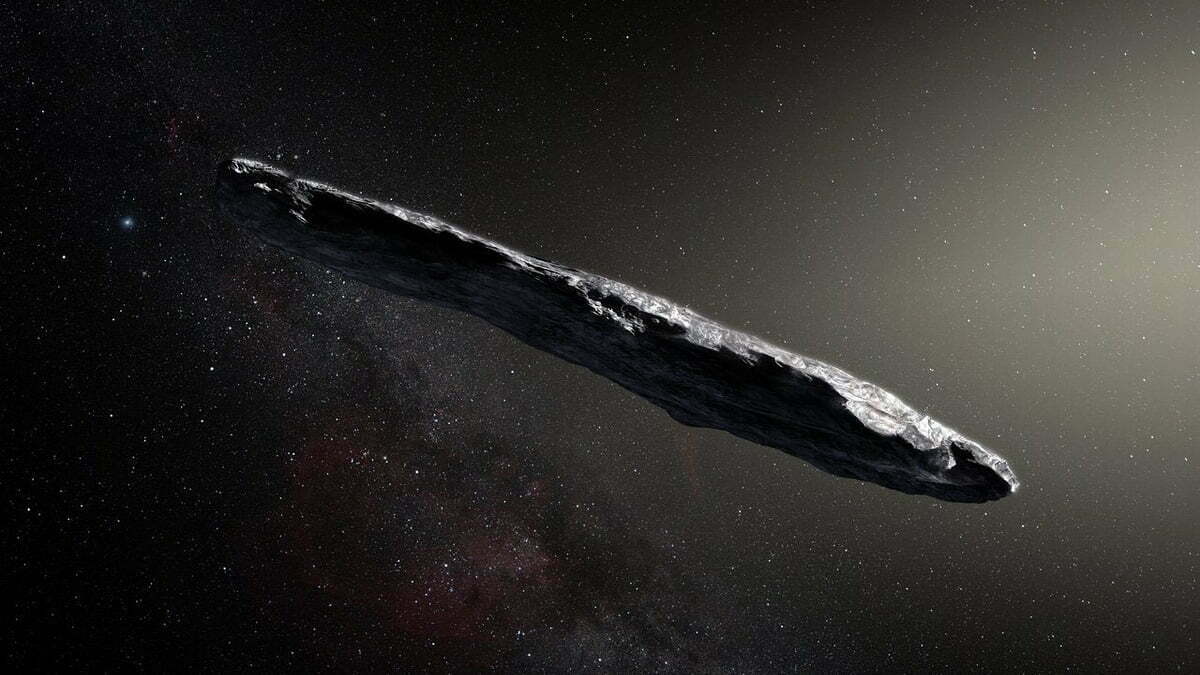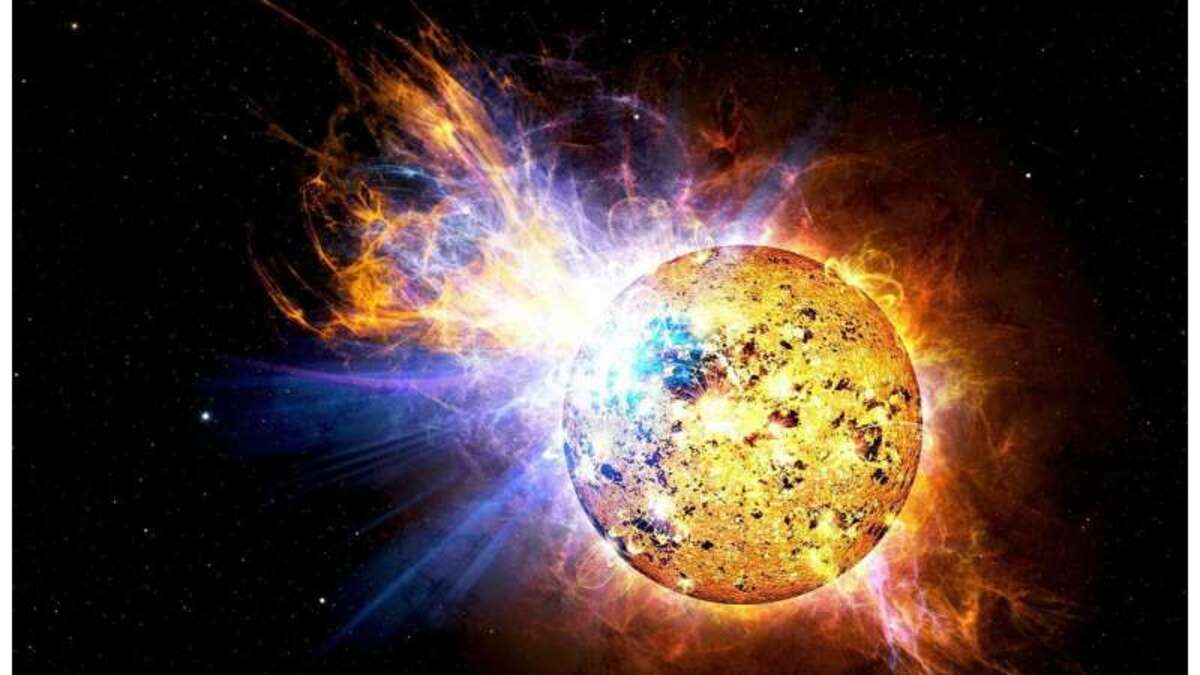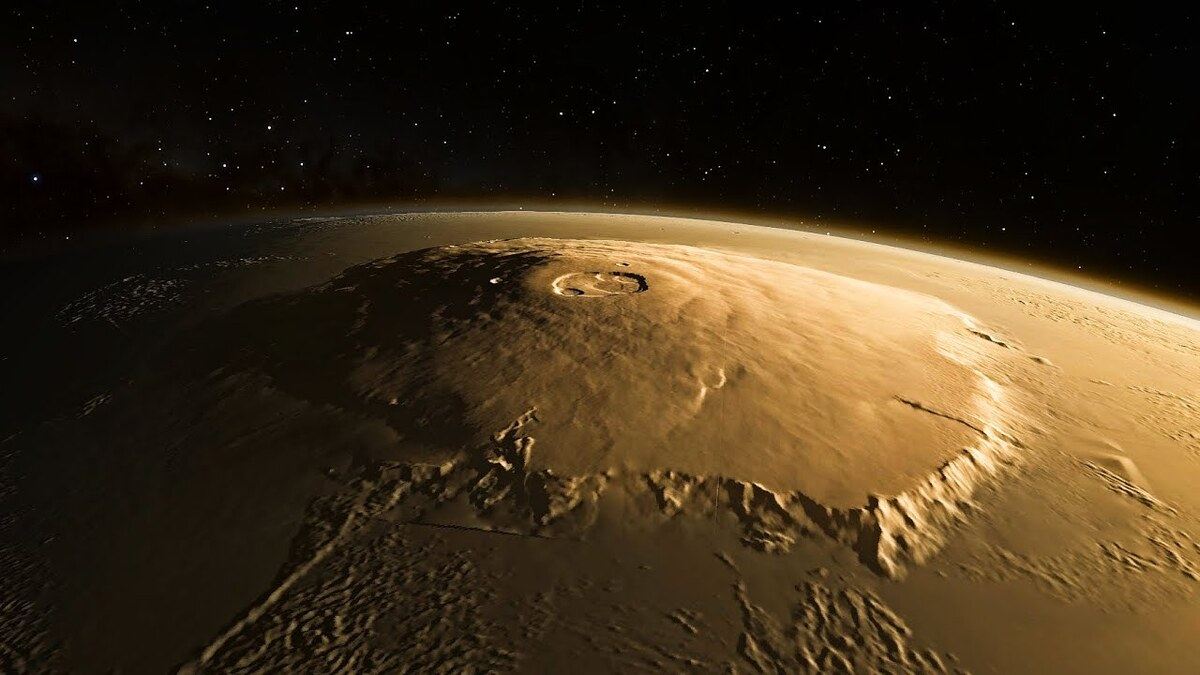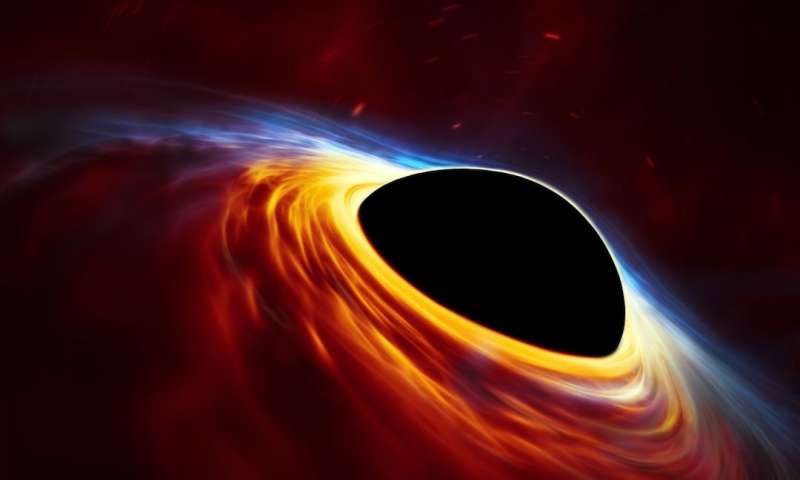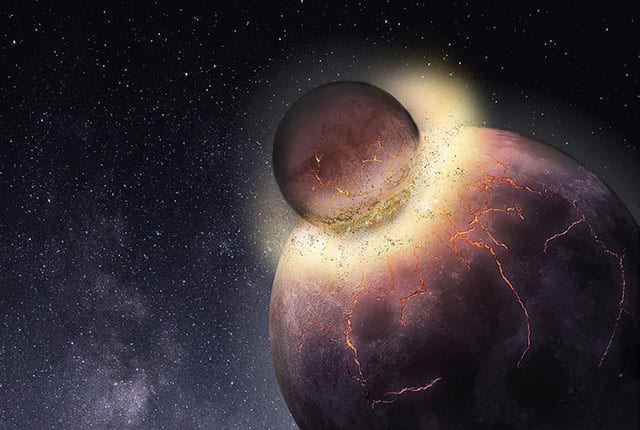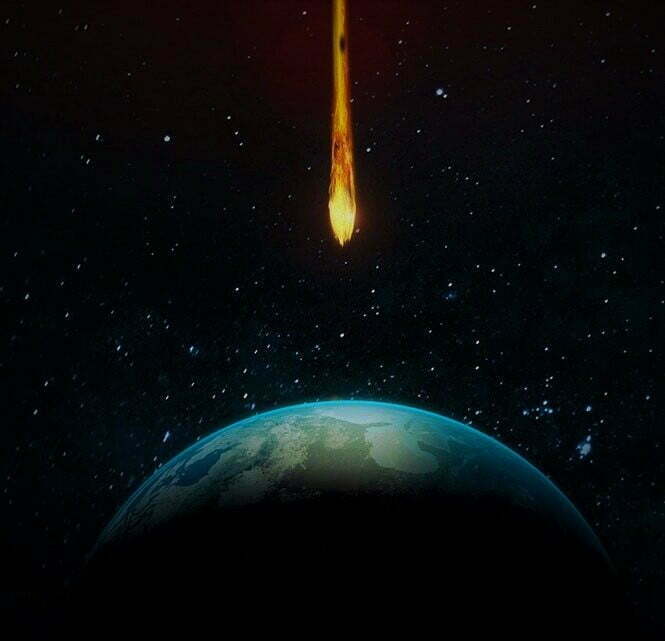How Star Making Process Is Polluting The Cosmos?
A team of astronomers at the ARC Center of Excellence for All Sky Astrophysics in 3 Dimensions (ASTRO 3D) found that galaxies pollute the environment they exist in. Alex Cameron and Deanne Fisher lead researcher team used a new imaging system, at WM Keck Observatory in Hawaii to confirm that what flows into a galaxy … Read more

